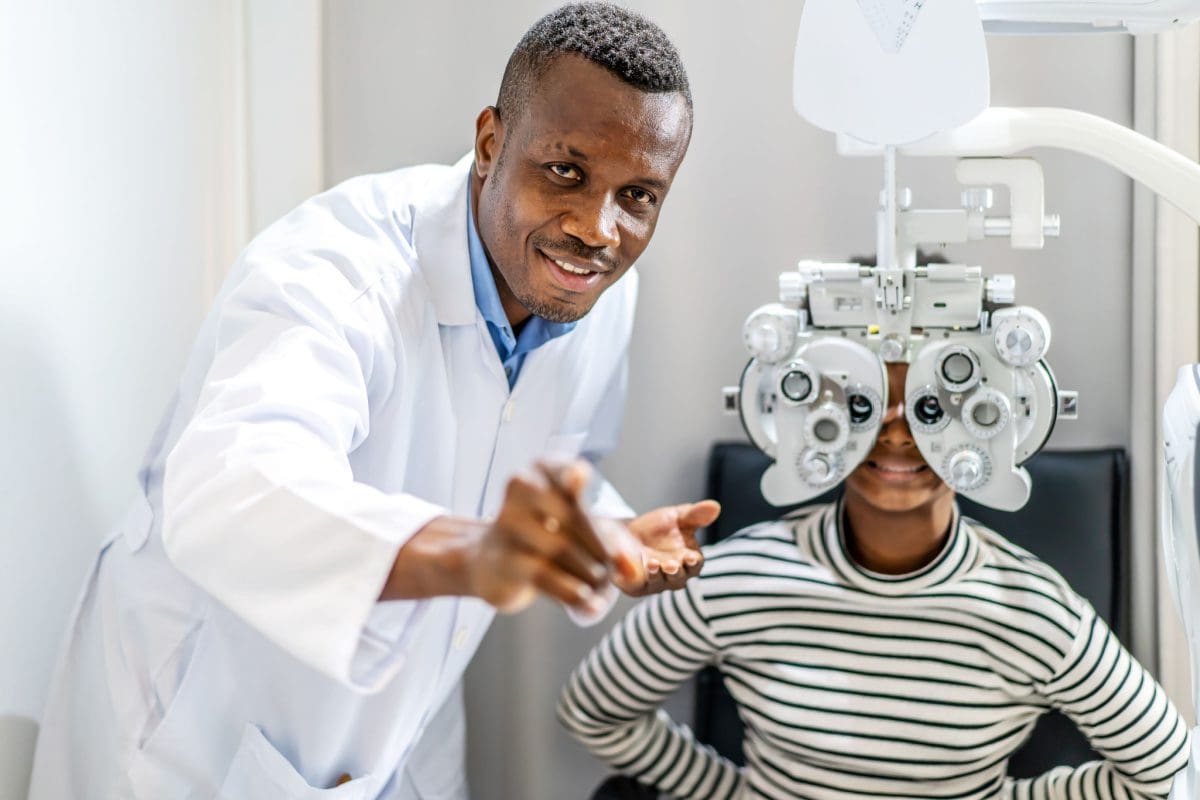Everything You Required to Understand About the Newest Technologies in Glaucoma Therapy and Eyecare
In the realm of eye health and wellness, improvements in the treatment and management of glaucoma have actually been progressively progressing, leading the way for improved person treatment and end results. From advanced diagnostic devices that use extraordinary insights into the illness progression to cutting-edge surgical techniques that assure higher accuracy and quicker recuperation times, the landscape of glaucoma treatment is going through a considerable change. With the emergence of novel drug treatments, telemedicine remedies making it possible for remote surveillance, and a change towards individualized treatment strategies customized to specific clients, the field of eyecare is seeing a paradigm shift. Keep tuned to find how these newest technologies are reshaping the strategy to glaucoma treatment and revolutionizing the future of ocular wellness.
Advanced Diagnostic Technologies
Advanced diagnostic modern technologies play a vital duty in the very early detection and tracking of glaucoma, permitting more reliable therapy and monitoring of the problem. Amongst these technologies, optical coherence tomography (OCT) attracts attention as a non-invasive imaging method that provides comprehensive cross-sectional photos of the retina, optic nerve head, and retinal nerve fiber layer. This high-resolution imaging helps clinicians examine structural changes in the eye triggered by glaucoma, enabling them to intervene quickly.
Additionally, aesthetic area testing, such as automated perimetry, is one more vital diagnostic tool for reviewing glaucoma-related vision loss - hearing service near me. This examination measures the sensitivity of a client's visual area, helping to detect any areas of vision loss or distortion. By combining OCT imaging with visual area testing, medical care suppliers can obtain a comprehensive understanding of the condition's development and tailor therapy intends appropriately
Minimally Invasive Surgical Procedures
In the realm of glaucoma monitoring, the focus shifts towards minimally intrusive operations as an aggressive technique to deal with the progression of the problem following sophisticated analysis assessments such as optical comprehensibility tomography (OCT) and visual field screening. Minimally intrusive glaucoma surgeries (MIGS) have acquired popularity as a result of their efficiency in lowering intraocular pressure while reducing the dangers and recuperation times connected with typical glaucoma surgical procedures. These treatments are normally done with little cuts, often along with cataract surgery, making them less intrusive and much more comfortable for clients.
Some typical MIGS treatments include trabecular micro-bypass stents, which boost the discharge of liquid wit, and micro-sized implants that improve drain in the eye. Furthermore, laser procedures such as selective laser trabeculoplasty (SLT) use a non-invasive option for lowering intraocular pressure. By incorporating these minimally intrusive strategies right into glaucoma monitoring, eye doctors can supply patients with reliable treatment choices that focus on safety and security and fast recovery, inevitably boosting lasting results for individuals with glaucoma.
Novel Drug Therapies
Emerging medication treatments present encouraging opportunities for boosting the medicinal management of glaucoma, offering cutting-edge approaches to deal with intraocular pressure control and condition progression. One novel medication therapy that has gathered focus is Rho kinase inhibitors.

Telemedicine and Remote Tracking
With the evolution of novel drug therapies broadening the treatment landscape for glaucoma, the integration of telemedicine and remote tracking emerges as a pivotal component in boosting patient care published here and illness monitoring. By utilizing telemedicine and remote tracking, health care providers can improve access to care, improve individual conformity, and find potential problems early, leading to much better outcomes for individuals with glaucoma. Welcoming telemedicine and remote surveillance in glaucoma monitoring represents a considerable development in enhancing person treatment and treatment efficacy.
Personalized Treatment Techniques
Progressing beyond standard one-size-fits-all techniques, personalized treatment techniques customized to private patient characteristics are revolutionizing the administration of glaucoma. By tailoring treatment plans based on variables such as age, disease severity, lifestyle, and various other wellness conditions, eye doctors can enhance outcomes and boost client satisfaction.
Tailored therapy approaches in glaucoma involve an extensive analysis of each person's distinct profile. This may consist of hereditary screening to recognize details risk factors, imaging methods to analyze architectural changes in the eye, and functional tests to assess visual area loss. By integrating these individualized insights, medical care carriers can develop targeted treatments that attend to the underlying sources of glaucoma development for each and every person.
In addition, developments in innovation have allowed the advancement of tailored therapy choices such as minimally intrusive glaucoma surgical treatments (MIGS) customized to the patient's details needs - retina service near me. These procedures provide efficient intraocular stress control with less issues, enhancing the overall top quality of treatment you could look here for glaucoma patients. Accepting tailored therapy approaches marks a significant paradigm shift in glaucoma monitoring, stressing precision medication to deliver tailored options for better person end results
Conclusion
Finally, the most up to date technologies in glaucoma treatment and eyecare include advanced diagnostic technologies, minimally intrusive procedures, novel drug treatments, telemedicine and remote monitoring, and customized treatment techniques. These improvements are revolutionizing the means we treat and detect glaucoma, providing even more reliable and individualized alternatives for people. By staying updated with these developments, health care professionals can provide far better care and improve outcomes for people with glaucoma.

With the evolution of novel medication therapies expanding the treatment landscape for glaucoma, the integration of telemedicine and remote monitoring arises as a pivotal component in boosting client care and illness management. cataract care service. Welcoming telemedicine and remote surveillance in glaucoma management stands for a substantial advancement in optimizing patient care and therapy efficacy
In final thought, the most recent developments in glaucoma treatment and eyecare consist of progressed analysis innovations, minimally invasive surgical treatments, novel medication treatments, telemedicine and remote surveillance, and customized therapy important source techniques.